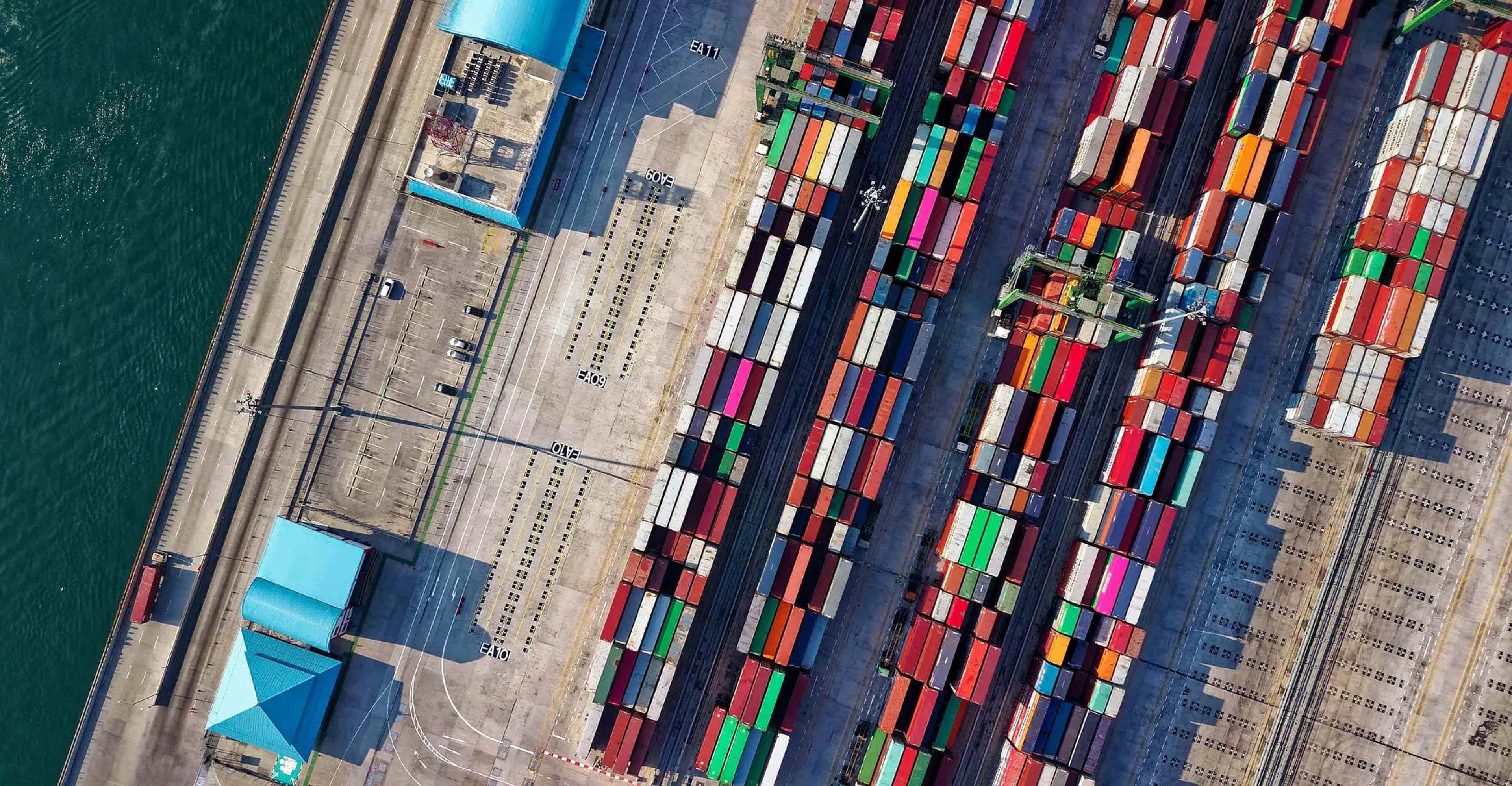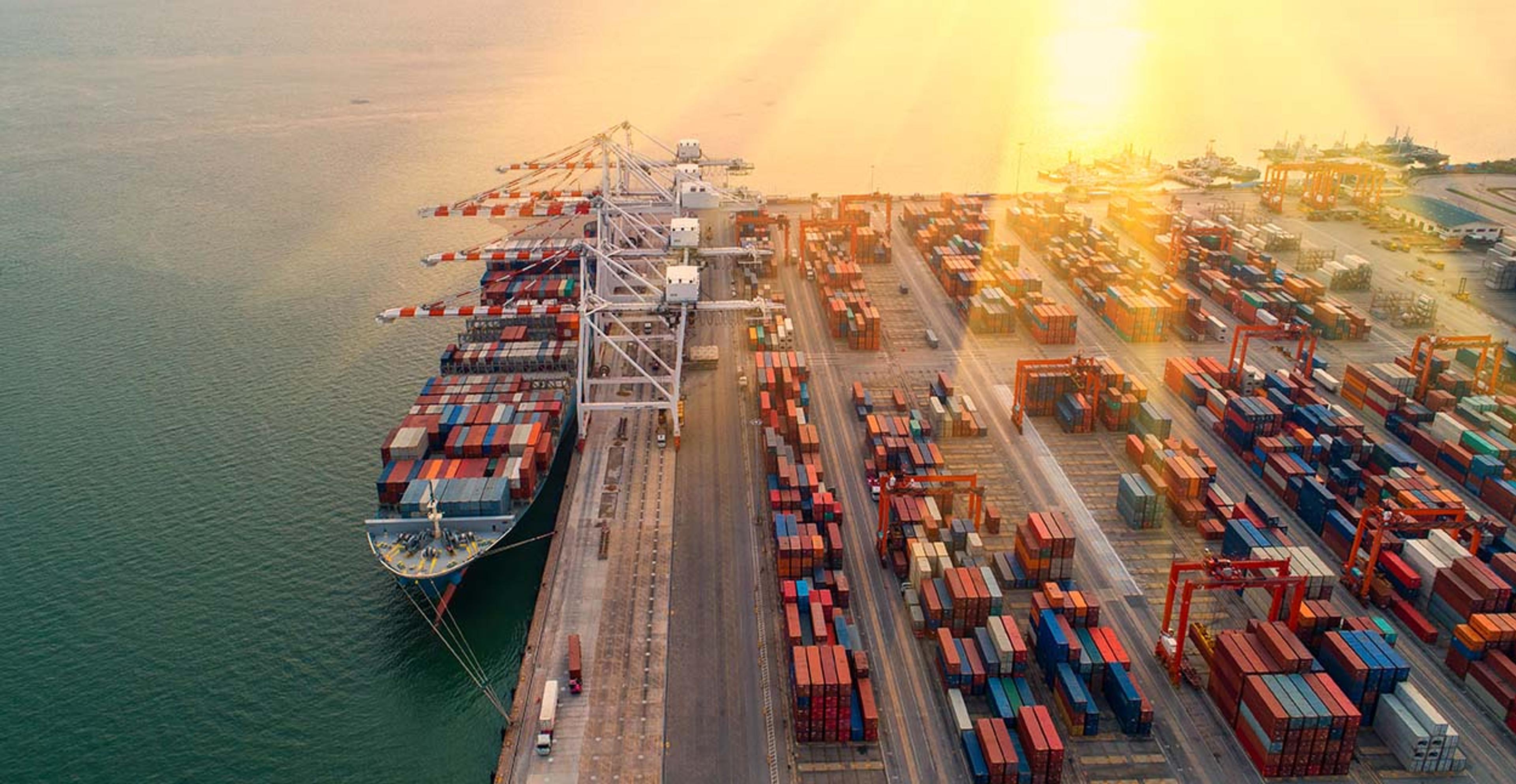ITS Logistics February 2024 Port Rail Ramp Index

Rail Operations Will Become a Critical Concern, Creating Capacity Strain in Major U.S. Metro Locations
– Global supply chain braces for an extremely volatile rates and capacity market –
RENO, Nev., Feb. 20, 2024 (GLOBE NEWSWIRE) -- ITS Logistics today released the February forecast for the ITS Logistics US Port/Rail Ramp Freight Index. This month, the index reveals a concern as to whether trucking, chassis, and container storage capacity will be able to effectively handle expected volumes. The cautionary response is due to a decrease in numerous assets due to avoidance of West Coast ports around post-Covid congestion concerns and labor unrest in 2023. Shippers and BCOs should also be on the alert as rates and capacity availability are projected to become extremely volatile.
“As forecasted in the January index, there are significant pre-Lunar New Year volumes shipping to all regions of the U.S. as shippers and BCOs restock inventories,” said Paul Brashier, Vice President of Drayage and Intermodal for ITS Logistics. “Volumes are even more pronounced because of additional former Suez Canal container traffic utilizing the U.S. West Coast, primarily Los Angeles/Long Beach, as the entry point into the country. This has initiated the cause for concern in these other areas. In addition, due to a significant amount of infrastructure and trucking capacity exiting the market post-Covid, and last year specifically, this has heavily impacted the rates and capacity overall.”
According to recent CNBC coverage, top CEOs globally are closely following the tensions in the Red Sea and warning the industry at large that the volatility for supply chains is likely here for the long term. Furthermore, while supply chains have been able to rebound since the pandemic successfully, the recent conflicts, in combination with climate change and intricate geopolitical disruptions, are resulting in higher freight rates.
“Rail operations will be a concern as well,” continued Brashier. “Much of the diverted freight from the Suez Canal coming into the U.S. West Coast will need to move East. Unplanned volume and IPI volume will strain rail capacity and ramp operations throughout the nation. This is especially true in the larger metros of Chicago, Dallas, Memphis, and Atlanta. Chassis and trucking capacity are a concern as we move into March.”
Members from the National Retail Federation (NRF) recently reported terminal appointment challenges for trucks to pick up containers. In addition, it was noted that rail-bound container dwell times were starting to increase with rail car imbalances and significant demand. Overall, according to Xeneta, rate s on ocean routes from Asia to Europe and the Mediterranean began to climb at the top of the month, but for U.S.-bound trade, prices have continued climbing.
ITS Logistics offers a full suite of network transportation solutions across North America and omnichannel distribution and fulfillment services to 95% of the U.S. population within two days. These services include drayage and intermodal in 22 coastal ports and 30 rail ramps, a full suite of asset and asset-lite transportation solutions, omnichannel distribution and fulfillment, and outbound small parcel.
The ITS Logistics US Port/Rail Ramp Freight Index forecasts port container and dray operations for the Pacific, Atlantic, and Gulf regions. Ocean and domestic container rail ramp operations are also highlighted in the index for both the West Inland and East Inland regions. Visit here for a full comprehensive copy of the index with expected forecasts for the U.S. port and rail ramps.



